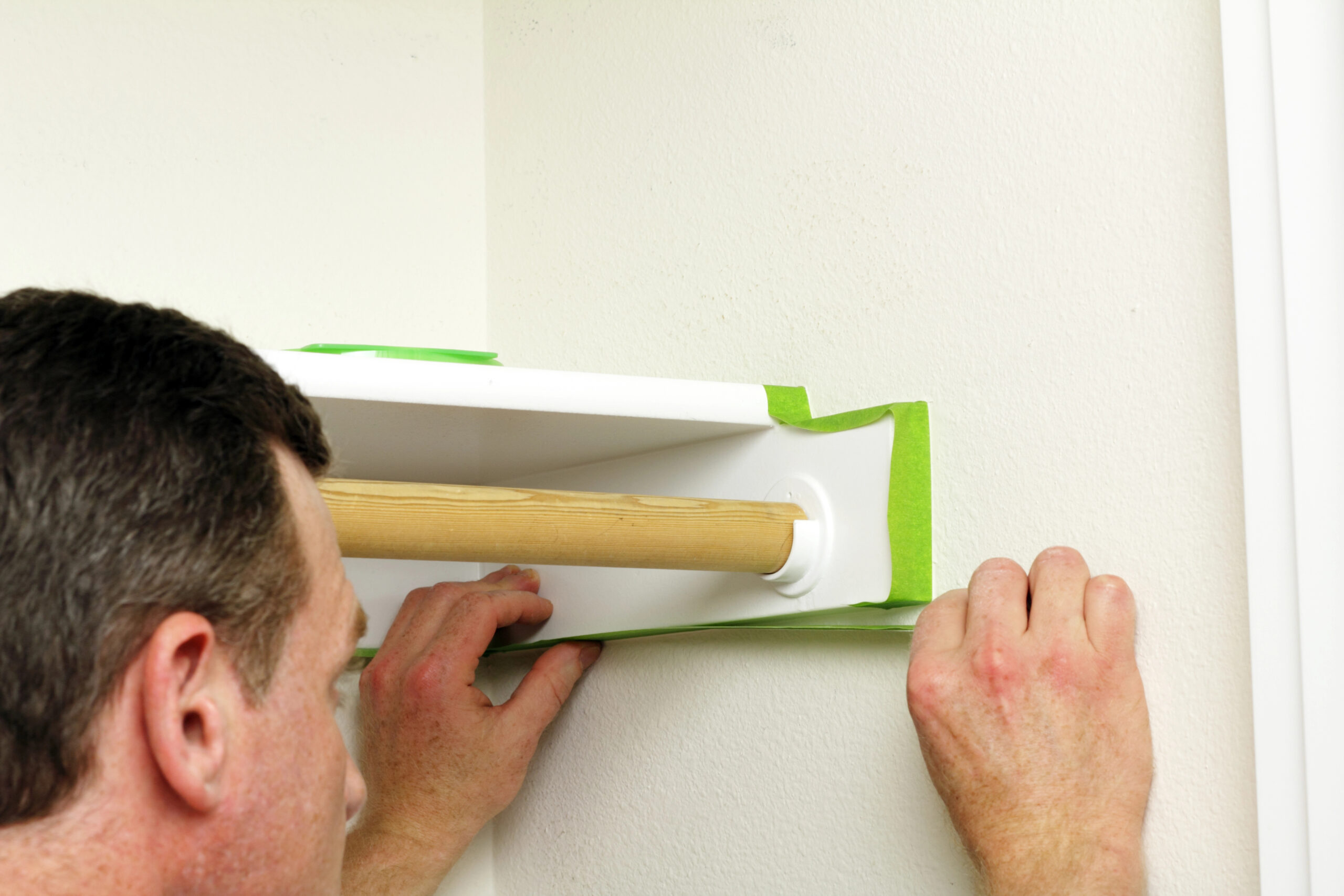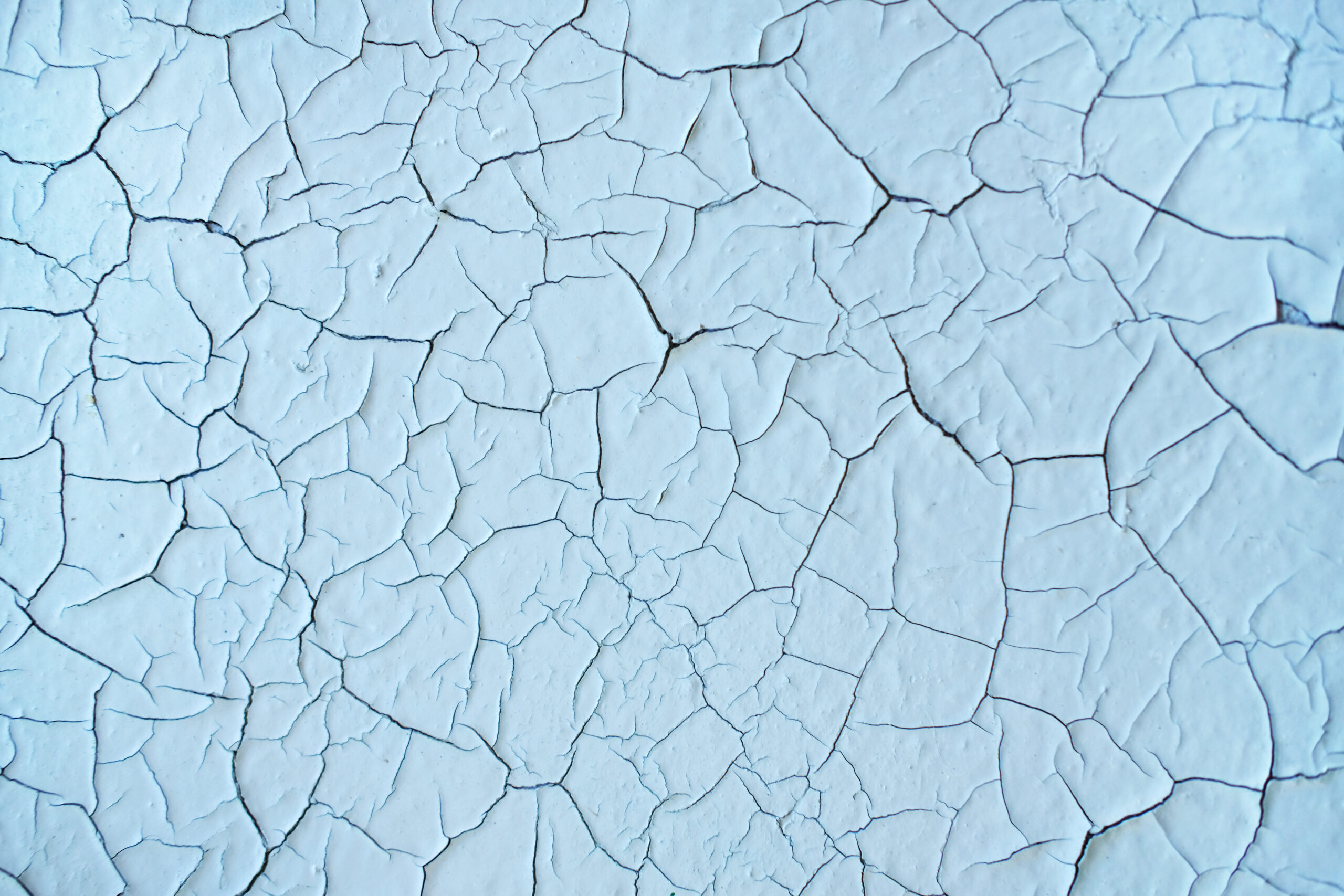Painting the interior of your house can be a transformative experience, breathing new life into your living spaces and even boosting the value of your home. However, to achieve a flawless finish, it’s essential to approach the task with the right knowledge and preparation. Whether you’re tackling a single room or the entire house, understanding the best way to paint the interior of a house will save you time, money, and frustration. Here are ten expert tips to help you get the job done right.
1. Choose the Right Paint

Selecting the appropriate type of paint is crucial for a successful project. For most interior walls, a latex-based paint is a popular choice due to its ease of cleaning and durability. However, for areas prone to moisture, such as bathrooms and kitchens, consider using a paint with a mildew-resistant formula. Also, decide on the sheen—flat or matte finishes hide imperfections well, while satin or semi-gloss finishes are easier to clean and more durable.
2. Prep the Room Thoroughly

Preparation is key to achieving a professional-looking paint job. Start by removing as much furniture as possible and covering what’s left with drop cloths or plastic sheeting. Use painter’s tape to protect trim, windows, and doorframes. Clean the walls to remove dust, dirt, and grease, which can interfere with paint adhesion. Don’t forget to patch holes and sand rough spots for a smooth surface.
3. Invest in Quality Supplies
Using high-quality brushes, rollers, and painter’s tape can make a significant difference in the outcome of your project. Cheap tools can lead to streaks, uneven coverage, and more time spent correcting mistakes. For the best results, choose brushes that are specifically designed for the type of paint you are using (latex or oil-based).
4. Don’t Skip the Primer

Priming your walls is an essential step, especially if you are painting over a dark color or a surface that has never been painted before. Primer helps paint adhere better, provides a uniform surface, and can help cover stains and imperfections. For most projects, a latex primer is suitable, but for areas with heavy stains or high moisture, consider a stain-blocking or oil-based primer.
5. Use the Right Painting Techniques
To avoid lap marks and streaks, maintain a wet edge by working in small sections and overlapping each stroke. When using a roller, load it evenly and roll it in a “W” or “M” pattern to distribute the paint evenly. For brushes, use long, smooth strokes, and always paint from the wet edge into the dry area.
6. Pay Attention to the Ceiling
Ceilings are often overlooked, but a fresh coat of paint can make a room feel brighter and more spacious. Start with the ceiling before moving to the walls. Use a paint formulated specifically for ceilings to reduce drips and ensure even coverage. If your ceiling has any texture, use a thicker nap roller to reach all the nooks and crannies.
7. Apply Multiple Coats
Most walls will require at least two coats of paint to achieve a smooth, even finish. Allow the first coat to dry completely before applying the second. Follow the manufacturer’s instructions for drying times to avoid peeling and ensure that the second coat adheres properly.
8. Mind the Ventilation
Proper ventilation is essential for safety and optimal drying. Keep windows open and use fans to circulate fresh air while painting and during the drying process. This helps to dissipate fumes and accelerates drying times, ensuring a better finish.
9. Clean Up Correctly
Once you’ve finished painting, it’s important to clean your tools and workspace thoroughly. Clean brushes and rollers with warm, soapy water for latex paint or mineral spirits for oil-based paint. Remove painter’s tape carefully to avoid peeling off any fresh paint, and dispose of drop cloths and other protective materials properly.
10. Consider Professional Help for Large Projects
While small painting projects can be a satisfying DIY task, larger projects often benefit from the expertise of professional painters. Professionals have the experience, tools, and techniques to ensure a high-quality finish that stands the test of time. They can also complete the job more quickly and efficiently, saving you time and hassle.
Conclusion
While painting the interior of your house can be a rewarding way to enhance your living environment, it’s crucial to approach the task with the right preparation, techniques, and materials. For larger projects or when seeking the best possible results, hiring a professional painter can be a wise investment. Professionals can deliver a high-quality, long-lasting finish that adds value to your home and elevates your living space.
If you’re ready to transform your home with a fresh coat of paint, consider scheduling a free estimate with Top Rated Painting. Our team of skilled painters is dedicated to providing exceptional service and outstanding results. Contact us today to start your painting project and experience the difference of professional quality and care.







